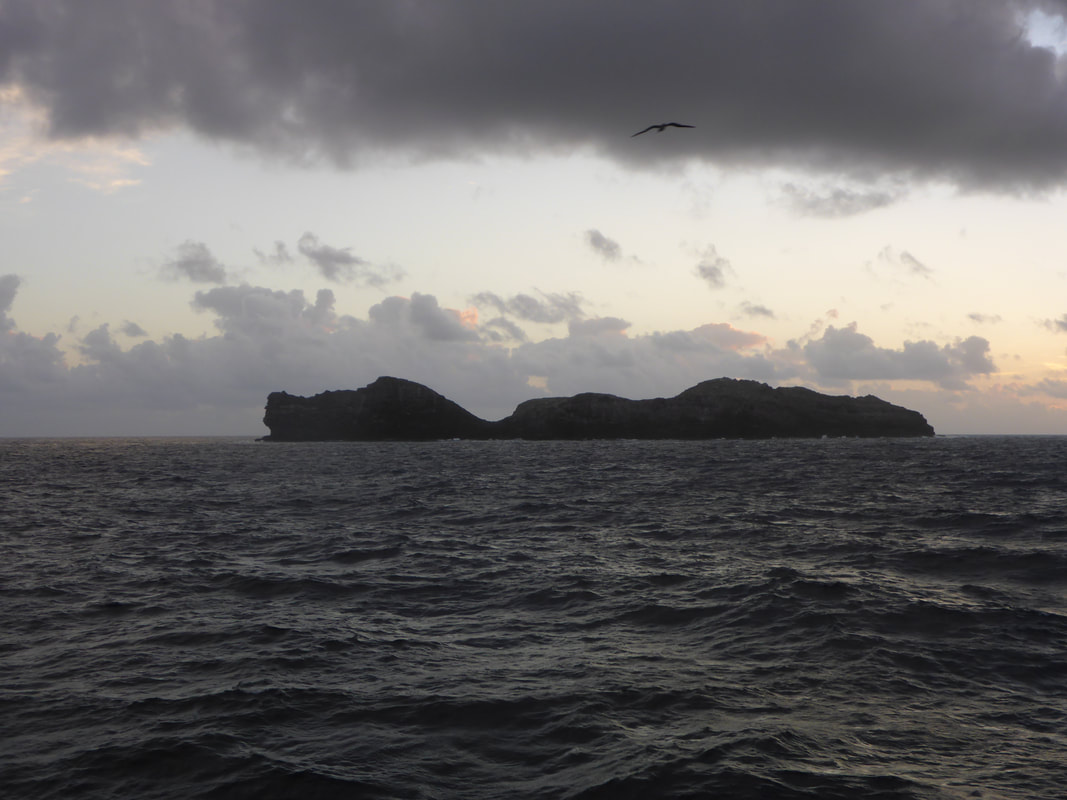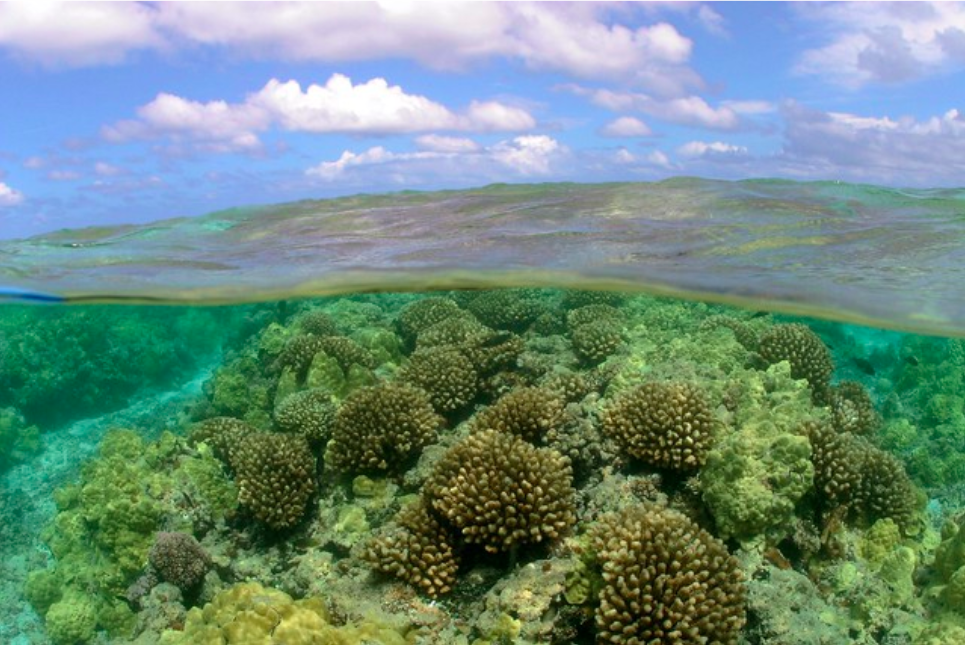LEARN about the Hawaiian Islands National Wildlife Refuge!
|
Nihoa, meaning “tooth, sharp, or jagged” refers to the shape of the island including 900 foot cliffs on its north side. Evidence shows that Hawaiians resided on the rugged cliffs and valleys of Nihoa for days to months at a time. Ceremonial structures, burial sites, and agricultural terraces still remain on the island. The Nihoa finch is endemic to this small island, found nowhere else in the world. A small population of Nihoa millerbirds were recently and successfully translocated to Laysan Island.
|
|
Mokumanamana is the point of division between 1) the main Hawaiian Islands, the islands of light and living, aina kanaka ao, and 2) the Northwestern Hawaiian islands, pō, aina akua, where our ancestors are believed to reside in the afterlife. Hawaiians visited the island for cultural practices. It lies on the cusp of the northernmost celestial path for the sun known in H as ke ala nui pōlohiwa a Kāne, the path that souls of the deceased take into the afterlife. It was a place of worship and religious sites and artifacts still exist here. It is also home to fifteen endemic insects.
|
|
Lalo (French Frigate Shoals, Kānemiloha'i), meaning “down” points to the direction of Po, Aina Akua, the land of the gods where our ancestors dwell. This group of islets consist of low-lying coral atolls. It contains one of the most significant reef systems in the island chain, hosting the greatest variety of coral species. Over 90% of Honu, Hawaiian Green Sea Turtles, travel to Lalo to nest. These reefs also support ilio holo i ka uaua, the endangered Hawaiian monk seal.
|
|
‘Ōnūnui, ‘Ōnūiki (Gardner Pinnacles, Pūhāhonu) is the smallest land mass in the Hawaiian Islands National Wildlife Refuge, covering an area of only 5 acres. Underneath the water, the land mass spreads around 148,000 cubic kilometres, making it the largest known volcano in the world. This rocky pinnacle is home to large opihi populations. Though small above water, the reef and shelf habitat extends 2,446 square kilometers underwater, hosting an abundant diversity of fish and coral.
|
|
Kamokuokamohoali‘i (Maro Reef, Ko‘anako‘a) is not an island above water, but a complex reef system that sprawls out from a central point. Over 37 species of coral have been documented here. The reef system proves treacherous for boaters, historically for whaling vessels and even today for researchers.
|
|
Kamole (Laysan Island, Kauo). Research reveals Kamole as a corresponding name for Laysan island, meaning ancestral root, foundation. Its hypersaline lake is the only lake in the Hawaiian Islands National Wildlife Refuge. It contains the largest and most diverse bird colony in the island chain. Some unique species to the island include the Laysan duck and Laysan finch, endemic insects, and endangered Monk Seals (Ilio holo i ka uaua) and Green Sea Turtles (honu).
|
|
Kapou (Lisianski Island, Papa'āpoho) teems with an abundance of coral, reef fish, ulua (giant trevally), and reef sharks. The abundance of birds on the island enticed feather traders to illegally decimate over a million birds, leading to public outcry for Theodore Roosevelt to create the Hawaiian Islands Bird Reservation, later renamed the Hawaiian Islands National Wildlife Refuge.
|
|
Manawai (Pearl and Hermes Atoll, Holoikauaua) experienced less human impact historically, but marine debris is still a prevalent issue. This important reef ecosystem supports the highest number of fish species in the island chain and also serves as a mating area for Nai'a, Hawaiian spinner dolphins. Research proposes that Manawai, meaning branching water or branching spirit was historically the name for these atolls.
|
EXPLORE the Hawaiian Islands National Wildlife Refuge!
Tern Island (French Frigate Shoals)
Take a stroll with our feathery friends and see if you can spot a sooty tern, masked booby, or shearwater.
East Island (French Frigate Shoals)
Laysan Island
Lisianski Island
Pearl and Hermes Atoll
Midway Atoll










